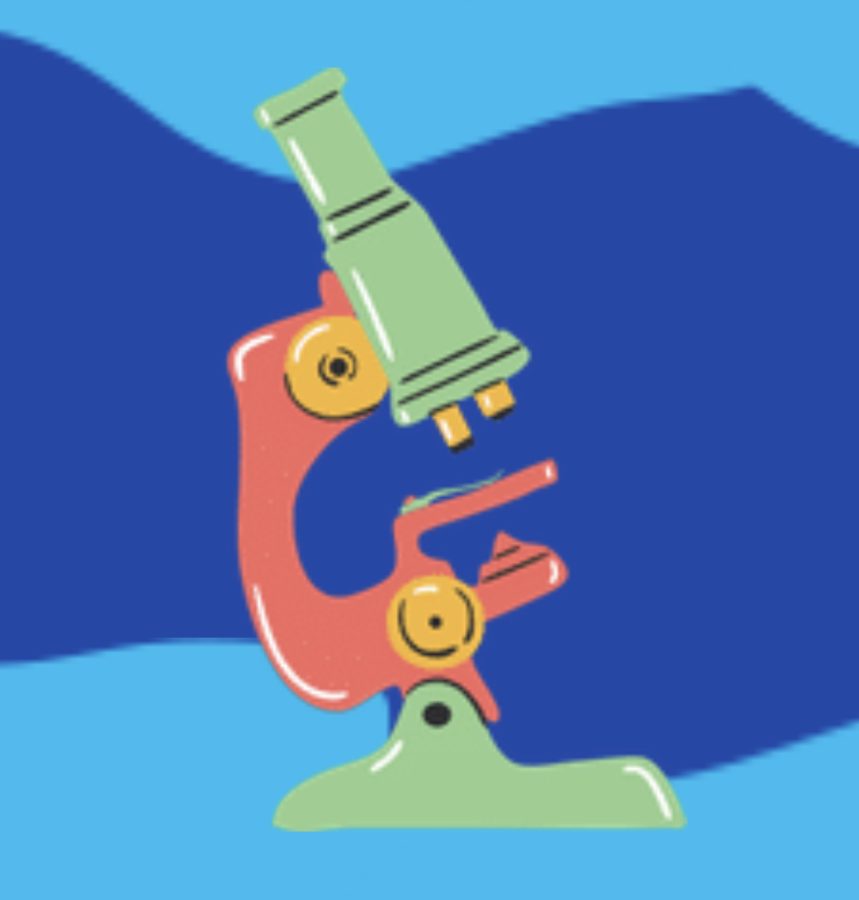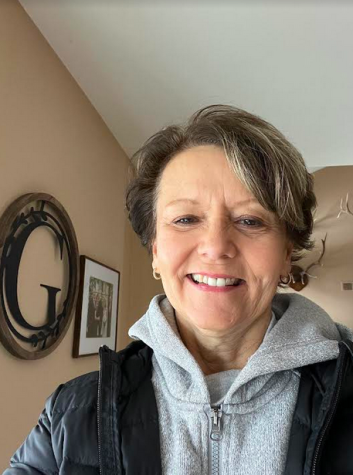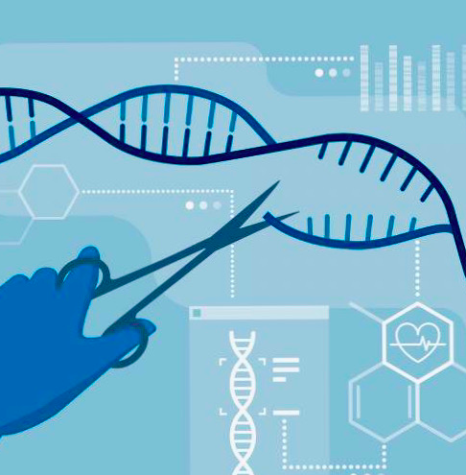Course Spotlight: Histology
Oakland University offers a wide variety of STEM core courses, as well as electives. It may be difficult determining which electives cater to both one’s interest and future career goals. One biology elective many students may not be familiar with is histology. Dr. Dale Telgenhoff, professor of histology, answered a few questions to give insight into the course.
GG: For anyone who isn’t familiar, what is the subject of histology centered around?
DT: Histology is the study of tissues, so we look at our four basic tissue types. We have nervous tissue, connective tissue, epithelium and muscle. Between those four different tissue types in the body, essentially everything is made up of one of those four. We start off with just an exploration of those four main types, and then we go into more detail on the structure and function of the various different organs throughout the body.
GG: What kind of students do you think are drawn to this course?
DT: Primarily students who are going to be bound for medical school. Histology is a required class in medical school, so the students who typically take it want to get a head start on what they will experience in their first year.
Of course, the first year is largely taken up with human anatomy, so the histology component sometimes can be overlooked by undergraduate students. It’s a one semester class in medical school, but if students can get a start on it as an undergrad that can be helpful for them when they proceed to medical school.
It’s an elective, so it’s not required in the biology department, but a lot of pre-med students will also take it if they are interested in anatomic pathology and are thinking about becoming a pathologist once they’re finished with medical school.
Other students who take the course include those in the Histotechnology Program, which is a lab-based program in the Clinical and Diagnostic Sciences department at Oakland. Students in that field go on to cut and stain tissues. They have to learn a bunch of different staining techniques and dyes, and procedures for cutting tissues. Essentially anything that you have removed in surgery is sent to the histology lab, cut, processed and stained for a pathologist to review.
GG: What new skills do students walk out of this class having acquired?
DT: The biggest benefit is probably their skill with identifying tissues under the microscope. Most of them have taken anatomy by the time that they’ve come into my class, so they’re familiar with macro-analysis and identifying different tissues based on their appearance just from the naked eye.
Identifying tissues under the microscope becomes very important for looking at different pathologies. So while the course isn’t a pathology course, per se, you need to know what the normal tissues look like before you can identify abnormal ones. Then there’s other times where pathology becomes more of an issue in medical school.
Histology, taught by Dr.Telgenhoff, will be offered Winter 2023 under course number BIO 3140.








